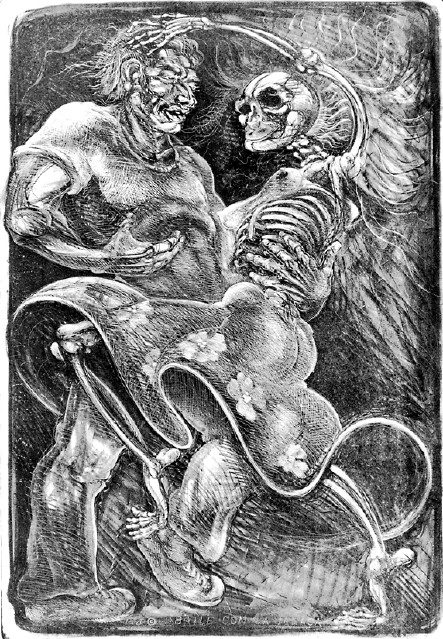Bright Enough To Blind You
Last Thoughts On Luis Jimenez


Luis Jimenez
Ricardo Barros, ricardobarros.com

“Dance with the Skeleton” by Luis Jimenez (Albuquerque Museum collection)








